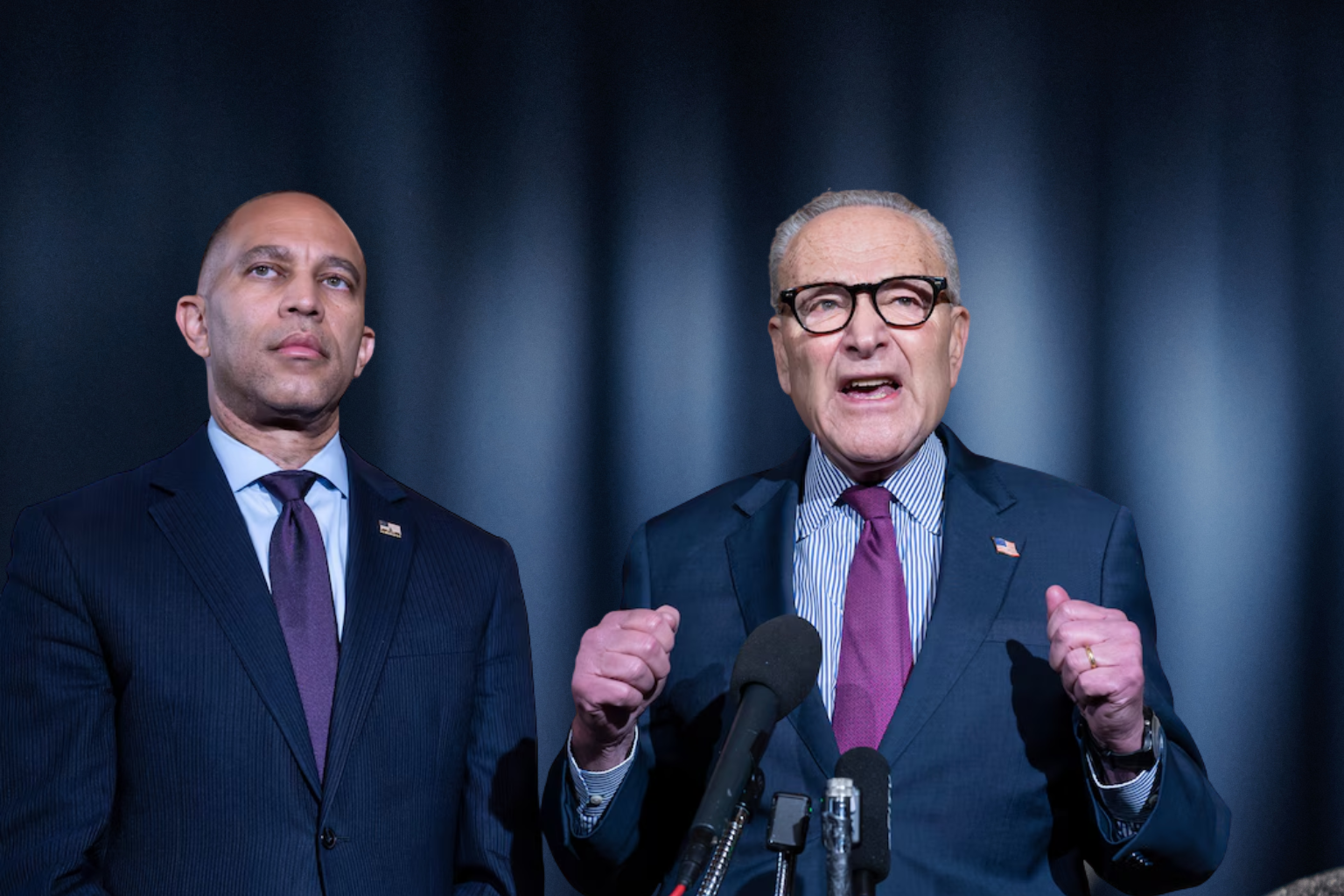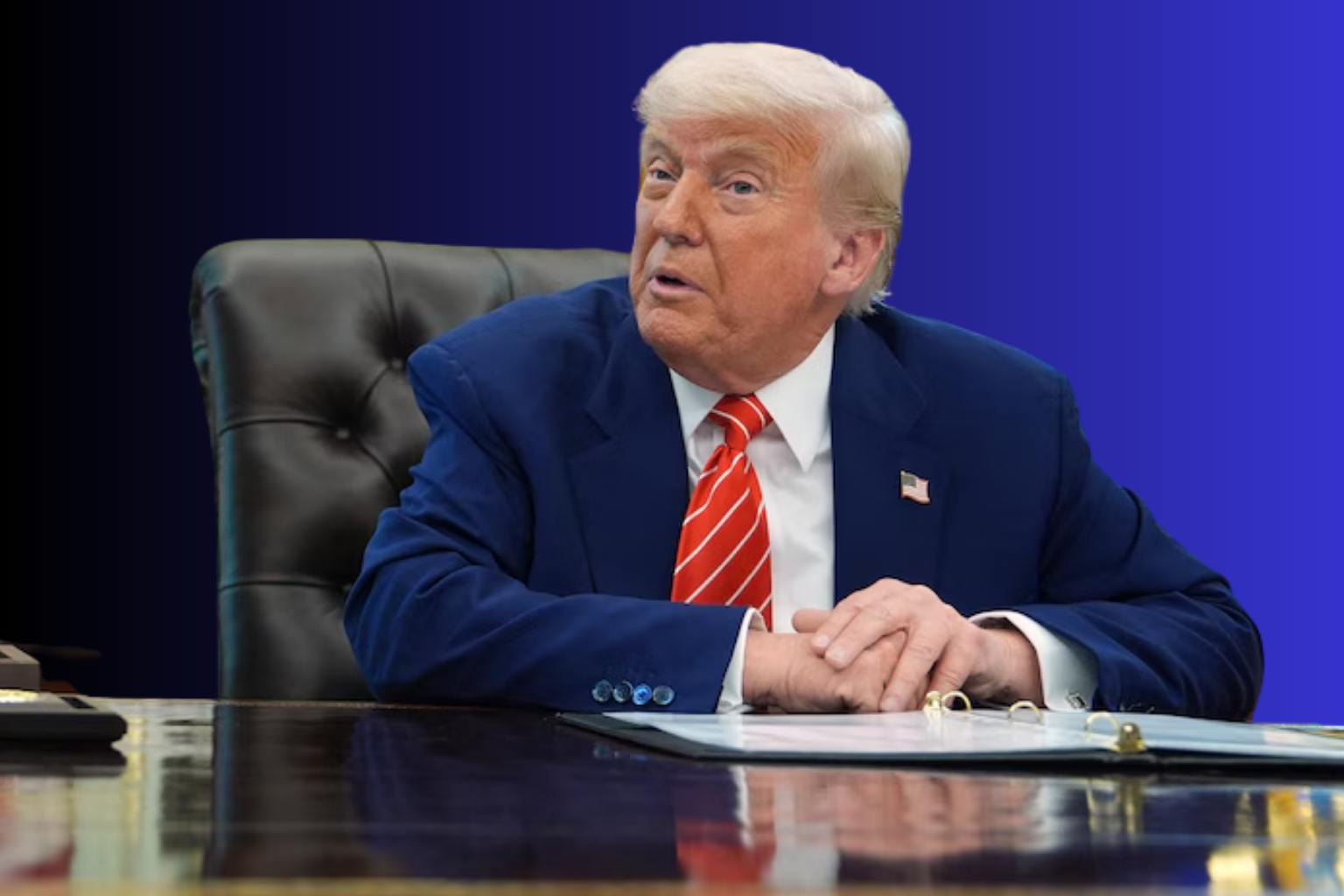Deepfake Attack Ad: A New Frontier in Political Messaging

A recent political advertising has raised worries about synthetic media and democratic discourse in a dramatic increase of digital marketing. This ad from a top Senate campaign group uses AI to create a lifelike video of New York Senate Minority Leader Chuck Schumer. Schumer says, “Every day gets better for us,” with a brief notation saying the production is “AI generated.” The line echoes Schumer’s press statements, but it was never said on camera, making the video deepfake.
This decision breaches a fundamental ethical threshold, say critics. The term is true, but the context has changed: a still and print interview has become a dynamic talking-head video. Media analysts call this “eyebrow-raising” political advertising because it mixes reality and fiction visually. Even with a disclosure notice, viewers may not realize the clip is synthetic, misinterpreting the senator’s words.
The ad’s AI supporters argue that political communications are changing and that digital tools like deep-generation software will alter how messages are delivered and received. The committee communications team head defended the ad, claiming the technology symbolizes campaign messaging’s future and the disclaimer meets transparency rules.
However, portraying a political leader in an artificial video has garnered attention outside politics. Media experts warn that deepfake tech in election-related content risks trust loss, truth distortion, and democratic subversion. They worry about a larger trend of synthetic media used for deception, from bots that mimic actual voices to films that spoof public personalities for influence, which threatens election integrity.
Although the quote is authentic, the context and presentation are completely fabricated. Observers believe difference matters: the original remarks were spoken off camera and did not have the visual performance of this commercial. The advertising deceives viewers by portraying the words as if spoken live. This tension shows a growing divide between ethical and technological political messaging.
The ad’s timing boosts its impact. A prolonged federal funding stalemate has heightened party politics. The ad committee used Schumer’s deepfake during a period of high public attention to enhance emotional stakes and send a strong political message. That has opponents wondering if campaign innovation is overshadowing political truths.
Beyond the current outcry, this raises questions regarding AI-era electoral contests. Misinformation increases if politicians or parties can create convincing films of opponents saying remarks they never made. In the meanwhile, regulatory structures have lagged: Individual states and platforms must enforce politically-oriented synthetic media because federal law does not.
The time calls for media literacy and scrutiny for voters and observers. Such tech could be utilized for harmless or even useful objectives, like accessibility aids or historical simulations, but live political campaigns present particular issues. The gradual change from genuine film to AI-generated visuals might erode public trust in what is seen and heard, making democracy more susceptible to manipulation.
As deepfake technology advances, political strategists may use this example to guide messaging. However, watchdogs, journalists, and civic organizations wonder if politics’ rules should be rethought. Transparency mandates, platform accountability, and public education may be needed to maintain faith in democratic governance as media advances.
After this video’s release, the senator and his team haven’t responded beyond mentioning the commercial. This may be a tipping point in how campaigns use AI, but political communications have entered a new domain where actual voice and synthetic performance are blurring.
Sources
The Guardian
Yahoo News
TechMeme
Al Jazeera




